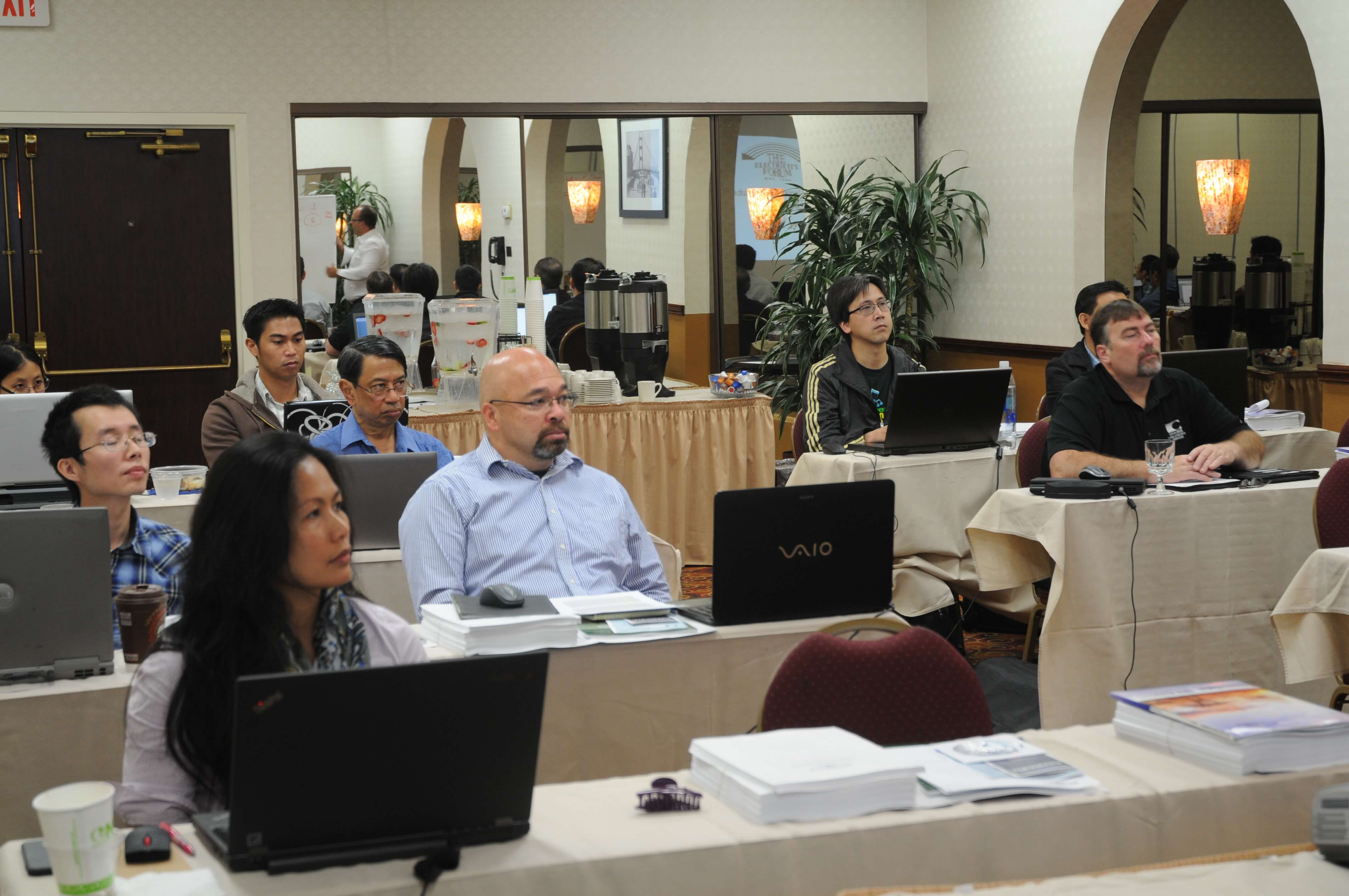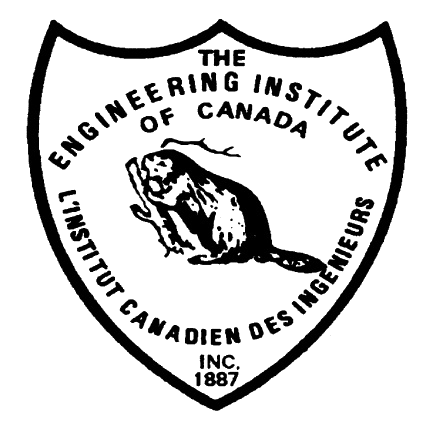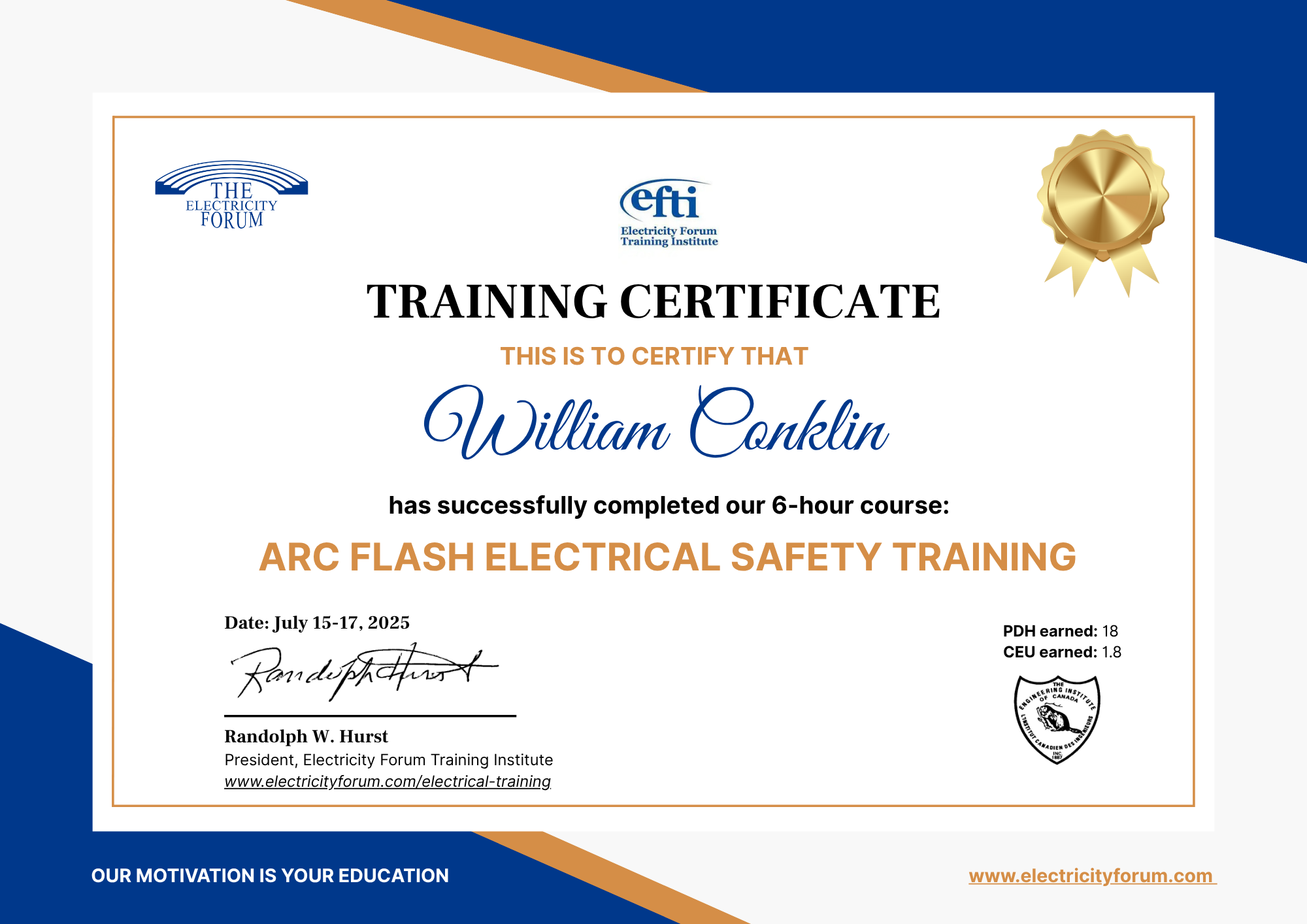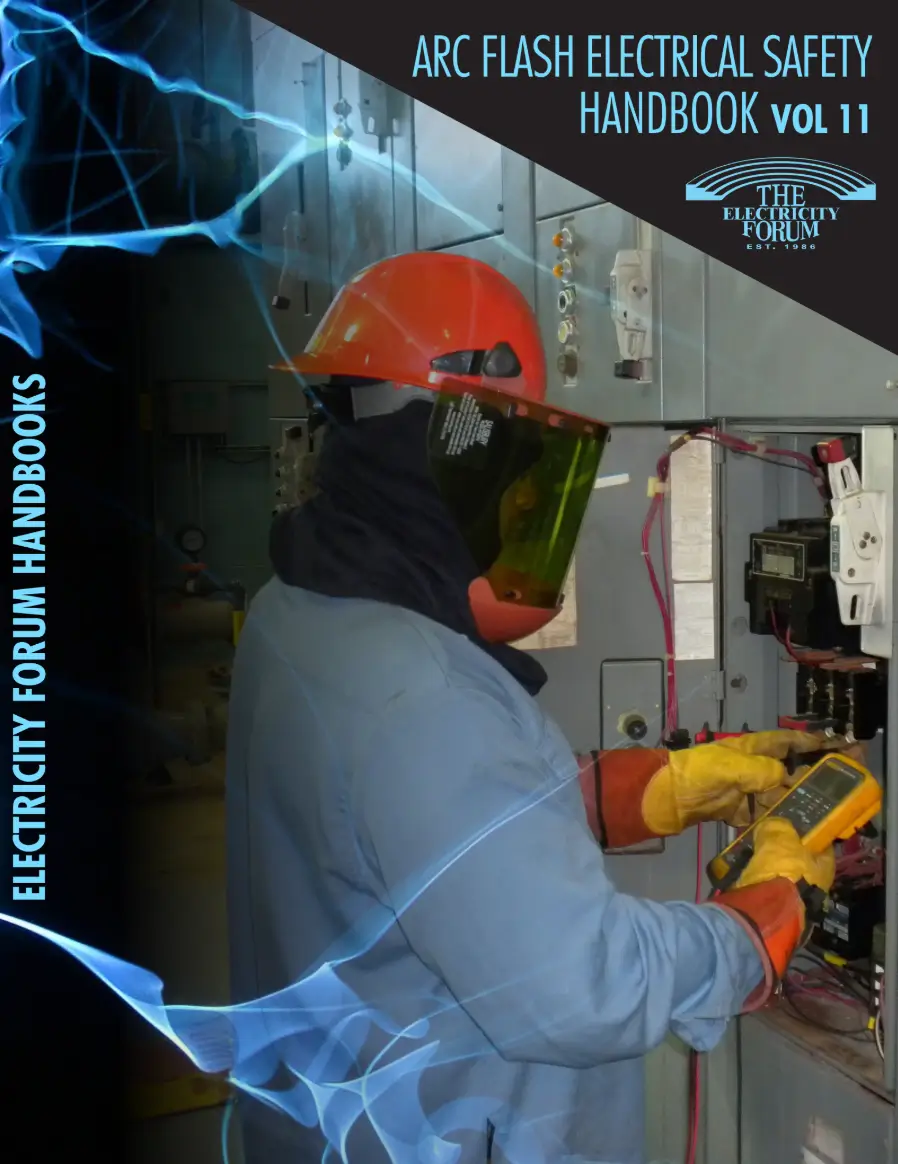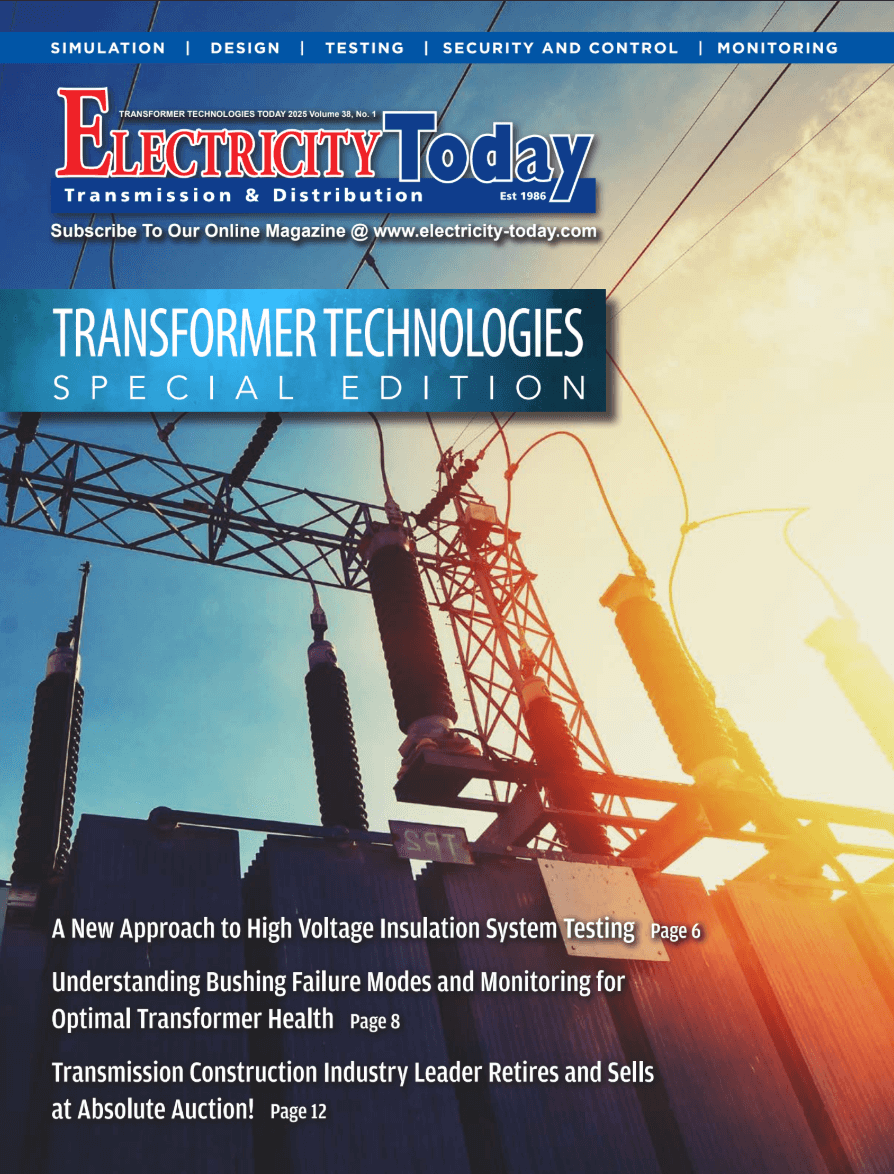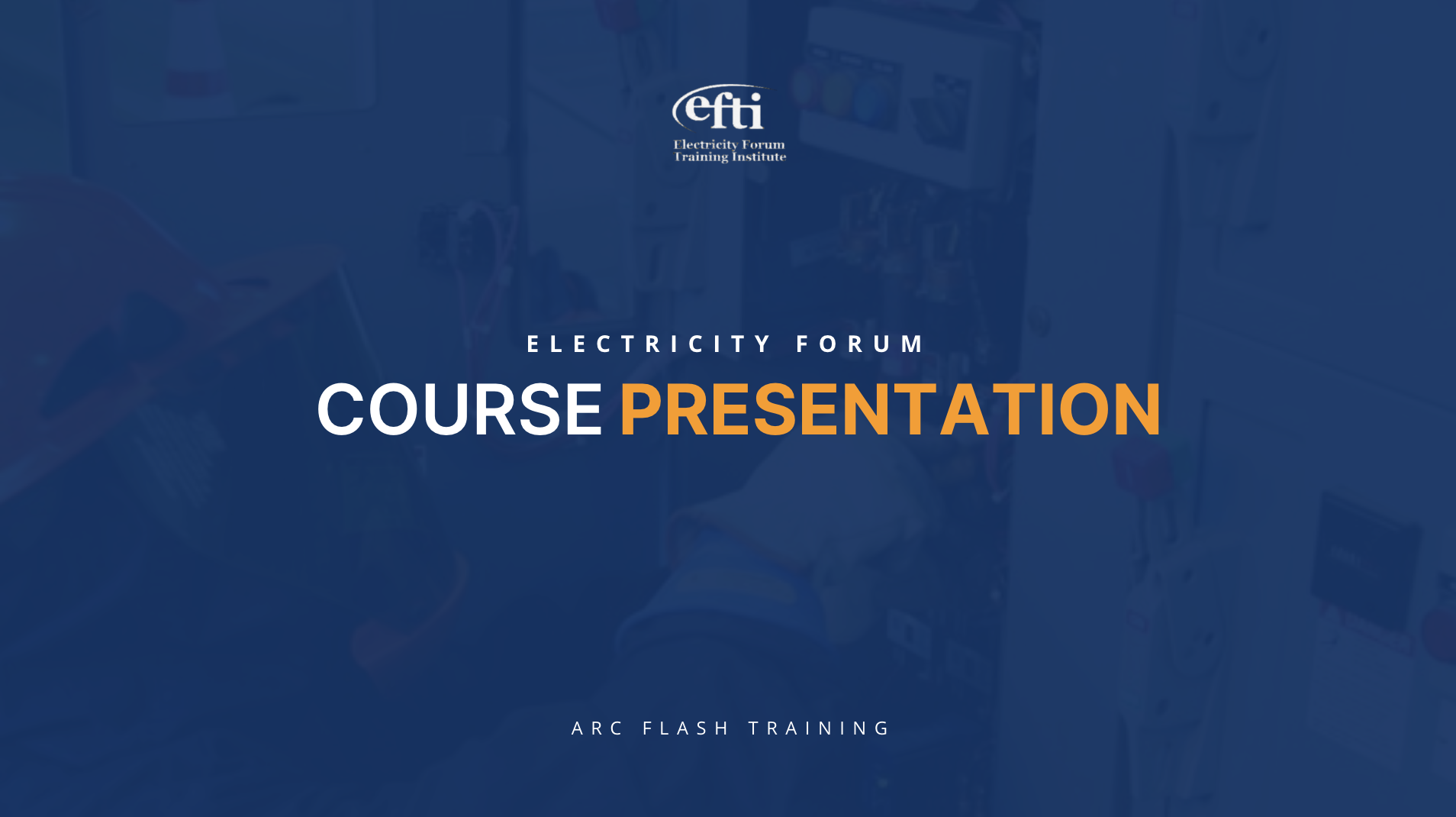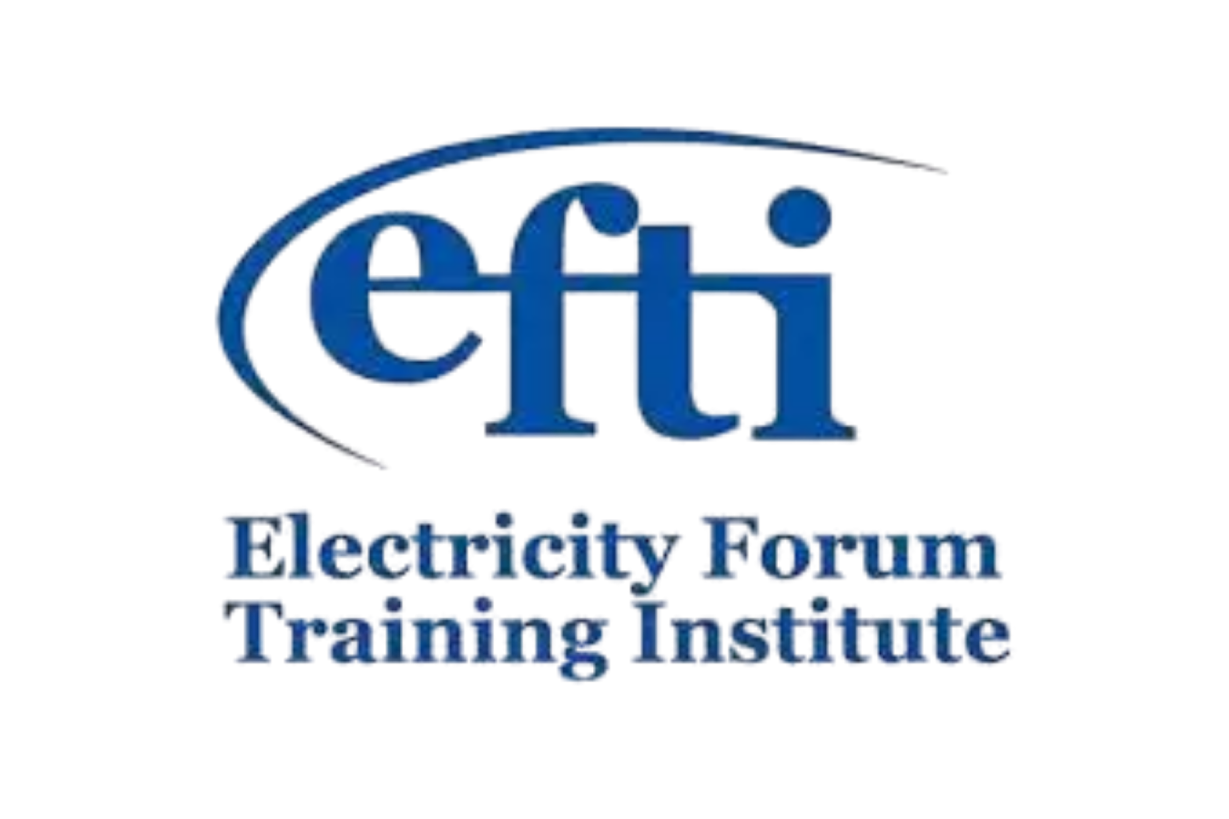Substation SCADA Monitoring Program Outline
DAY ONE
Session 1: Substation typical structure
- Electrical Drawings
- Steel Structural design
- Substation One Line diagram
- Power Transformers
- Substation Protection
- Power Switching Elements
- Control Room
Session 2: Substation supervisory and control functions
- Remote and Local Monitoring System
- Remote Control of the switching Elements
- Automated Control and protection
- Emergency Power Systems
Session 3: Substation Architecture
- Typical structures for Low Voltage Electrical Systems
- Medium Voltage Substations: Switchgear and Switchyards
- Distribution and Transmission Substations
- High Voltage and Ultra High Voltage Substations
- Underground and Enclosed Substations
- Transmission Lines
Session 4: Power System Protection types
- Electrical Power Generator Protection requirements
- Substation Protection, requirement and configuration selection
- Transmission Line Protection Equipment - Surge arrestors
- Power factor Correction, systems at the Generator; Substation and Transmission Lines
- Low voltage Systems Protection, Dynamic and Static Loads requirements
- Typical Fuse Protection and Circuit Breakers Protection
- Standards requirement for Electrical Protection
- Testing and calibrating Circuit breakers
- Commissioning of an Electrical Power Systems
Session 5: Power Transformer Protection and Control
- Dry versus Oil Filled Power Transformers
- Distribution Transformers
- Power Transmission Transformers
- Transformer Winding Configuration
- On Line and Off Line TAP Changers
- Testing Electrical Transformers
- Maintenance of an Electrical Power Transformer
- Instrumentation related to Electrical Power Transformers Maintenance and Protection
- Typical Faults of Electrical transformers
- Electrical Transformer Aging and Maximum Load
- Paralleling Electrical Power Transformers
- Power Switching Equipment and Structures
Session 6: Power Switching Equipment and Structures
- Electrical Disconnect Switches
- Medium Voltage Vacuum and Oil Breakers
- Medium Voltage Electrical Switchgear
- High Voltage SF6 and Vacuum Breakers
- Indicators of Degradation of a Medium and High Voltage Breakers
- Substation Breaker Maintenance and Testing
- Grounding and safety grounding
Session 7: Local monitoring of Electrical power Systems
- Local Monitoring Integrated Relays
- Substation Bay Monitoring Systems, functions and Implementation
- Networks and communication systems
- Database and Trending of Local Parameters
Session 8: Switchyard and Switchgear - Typical Execution Elements
- Switchgear and Switchyard Systems,
- PT and CT Types, location and requirements
- Motorized Breakers; Hydraulic Breakers
- Power Factor Capacitor Banks Connections
- Power Electronic Elements used in Substations
DAY TWO
Session 9: Remote Connectivity and Networks for Transmission Lines
- Typical Configuration for Information Transmission
- Switches; and Routers requirements to be used in Electrical Power;
- Data Protection and Encryption, CISCO Routers
- Data Transmission Capability of most representative Networks used in power systems
- Backup Systems and redundancy required for Data transmission
- RTU – Radio Capability Example
- Wi-Fi and GPS usage and integration
- Tendency and Development – National Instruments & LAB View for SMART GRID
Session 10: SCADA Solutions and Principles of Operation
- SCADA System Functions
- Power Generation Station typical SCADA Solution
- Active and Reactive Power Control in a Power Generation Station
- Typical Topology of a SCADA SYSTEM Implemented for a Substation
- Operation of a SCADA System in a Substation
- Load Shedding and fault mitigation for a Substation using SCADA
- Power Factor Correction in a Substation using SCADA
- Transmission lines Supervised by SCADA Systems
Session 11: SCADA System Architecture - A Practical approach
- Example of a complete Networking System
- Network Topology and Architecture
- Implementation Example of a Substation SCADA
- Implementation of a SCADA System in a Nuclear Plant
Session 12: Modern Implementation of Substation Protection
- Integrated Protection Systems for a Power Generator
- Integrated Protection Systems for Backup Generators and Groups of Backup generators
- Integrated Protection Solution for Power Transformers and Feeders
- Integrated Protection Systems for Substations
- Modern Implementation of a Protection, based on the Integrated Systems and Real time Networks and Communication
- Manufacturers Integrated Protection Systems
Session 13: Consideration of Substation Networking Solutions
- Real Time Networking Solutions
- Main Topology and Parameters of Real time Networks
- Protocol Converters and Universal Convertors
Session 14: Servers and Backup Power Monitoring
- Server architecture and data organisation
- Automatic Backup of vital field data
- Restoring the Data after Power Failure
- UPS and ATS Requirements in a Centralized SCADA System
- Redundancy Level Required in a SCADA System
Session 15: Substation Remote Monitoring
- Example of sequence of Events in a Substation Equipped with SCADA, in case of a remote Fault
- Sequence of Events of a SCADA Controlled System in case Power Factor Correction is required
- Large Electrical Grid Voltage Compensation via SCADA System
- Electrical Power Generator VAR correction based on Load Change
Session 16: Building OPC & ODBC Connectivity
- OPS Server For Connectivity
- ODBC to OPC Link for data transfer
- Examples of utilisation of OPC & ODBC connector in SCADA System Data Flow
Session 17: SCADA CONTROL SYSTEM and Parameters
- Typical Parameters Monitored by a SCADA System in a Generation Plant, monitoring and control solutions
- Monitoring and controlling Substation Parameters remotely, example of data flow and parameters
- SCADA Monitoring for Large Electrical System
- Energy Stability and optimization
- Power management solution
- Intelligent Load Shading and preservation of important Loads
- Simulation and Predictability of Events
- Reconstruction of previous events using Historian
- SCADA Systems Hierarchy and Interaction: Power Generation; Substation Transmission and Distribution Lines
COURSE TIMETABLE
Both Days:
Start: 8:00 a.m.
Coffee Break: 10:00 a.m.
Lunch: 12:00 noon
Restart: 1:15 p.m.
Finish: 4:30 p.m.






